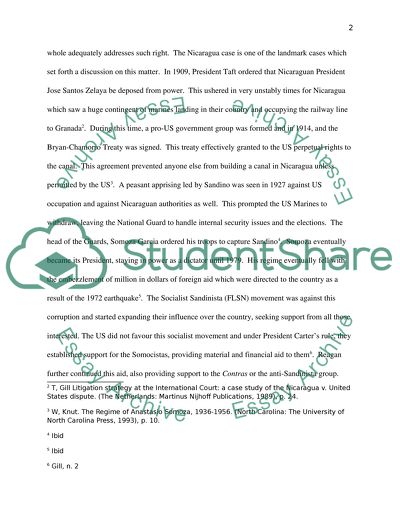Cite this document
(“The right of self- defense in international law Essay”, n.d.)
Retrieved from https://studentshare.org/law/1430825-does-international-law-adequately-address-the
Retrieved from https://studentshare.org/law/1430825-does-international-law-adequately-address-the
(The Right of Self- Defense in International Law Essay)
https://studentshare.org/law/1430825-does-international-law-adequately-address-the.
https://studentshare.org/law/1430825-does-international-law-adequately-address-the.
“The Right of Self- Defense in International Law Essay”, n.d. https://studentshare.org/law/1430825-does-international-law-adequately-address-the.


